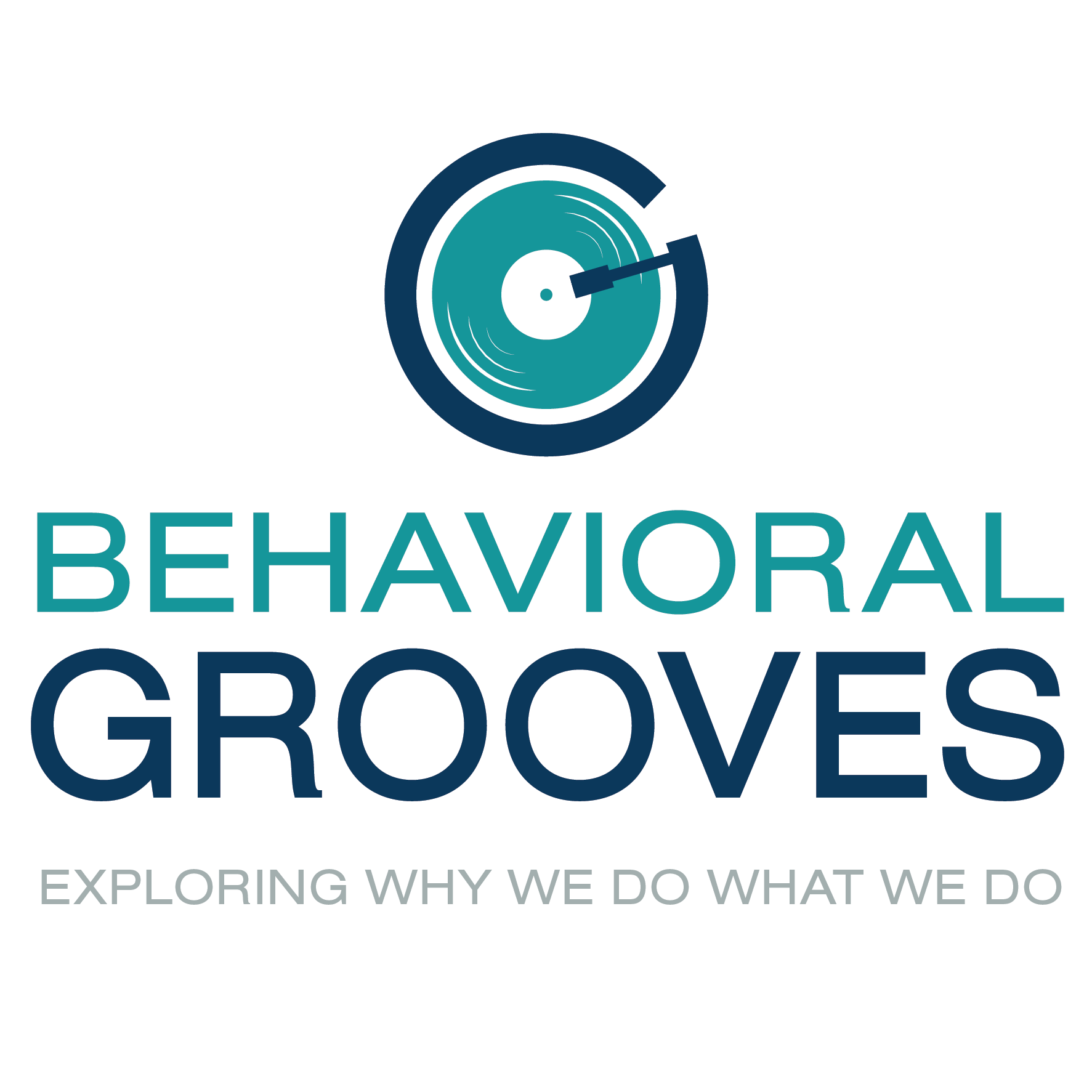
Stories, science and secrets from the world’s brightest thought-leaders. Behavioral Grooves is the podcast that satisfies your curiosity of why we do what we do. Explanations of human behavior that will improve your relationships, your wellbeing, and your organization by helping you find your groove.
Episodes

Monday Sep 26, 2022
Monday Sep 26, 2022
Close your eyes and visualize a horse. Most people can picture the outline of the body, the color of the horse and the unique features of the animal. But some people simply don’t see any image at all. This lack of a mind’s eye is known as aphantasia.
To help explain exactly what aphantasia is, and how it can affect behavior, we talk with Professor Adam Zeman who actually helped identify and name the neurological condition. Adam has a medical degree and a PhD in philosophy from Oxford University. He’s been a lecturer and professor of cognitive and behavioral neurology and has published extensively on visual imagery and forms of amnesia occurring in epilepsy. Adam has also published an introduction to neurology for the general audiences called, A Portrait of the Brain. But the reason we are talking to Adam on this episode is about his research on our “minds eye”. He discusses how a lack of visual imagery (aphantasia) or overly vivid imagery (hyperphantasia) can be identified and what effects it has on our behavior.
We often ask guests on the show about whether their work is influenced by “me-search”; something of particular interest to them personally. Well, this episode is a little bit of me-search for our own Kurt Nelson who himself has aphantasia. Join both Kurt and Tim as they both find out more about the recent research into the condition and how we should all be aware of how it affects people.
Thank you to all our listeners of Behavioral Grooves, we enjoy sharing unique insights with you. If you have enjoyed this episode, please consider writing a review on your podcast player. Or you can contribute financially to our work through our Patreon page: https://www.patreon.com/behavioralgrooves.
Topics
(3:36) Welcome and speed round questions.
(5:15) How Adam discovered the condition aphantasia.
(10:30) How aphantasia can affect all the senses.
(12:45) The prevalence of aphantasia.
(15:38) The behavioral differences that are present with aphantasia.
(19:42) What careers suit people with a lack of mind’s eye?
(23:39) What causes aphantasia?
(25:51) The differences between voluntary and involuntary visualization.
(30:41) Visualization is an echo of vision.
(35:21) What music Adam will take to a desert island.
(37:51) About The Mind’s Eye Project.
(42:49) Grooving Session with Kurt and Tim.
© 2022 Behavioral Grooves
Links
Aphantasia: https://en.wikipedia.org/wiki/Aphantasia
Vividness of Visual Imagery Questionnaire (VVIQ): https://aphantasia.com/vviq/
Professor Adam Zeman: https://psychology.exeter.ac.uk/staff/profile/index.php?web_id=adam_zeman
The Mind’s Eye Project: https://www.gla.ac.uk/research/az/cspe/projects/the-eyes-mind/
“Picture This? Some Just Can’t” by Carl Zimmer, 2015: https://carlzimmer.com/picture-this-some-just-cant-101/
Hyperphantasia: https://en.wikipedia.org/wiki/Hyperphantasia#:~:text=Hyperphantasia%20is%20the%20condition%20of,as%20vivid%20as%20real%20seeing%22.
Ed Catmull: https://en.wikipedia.org/wiki/Edwin_Catmull
Craig Venter: https://www.jcvi.org/about/j-craig-venter
Blake Ross: https://en.wikipedia.org/wiki/Blake_Ross
Think of a horse: https://aphantasia.com/think-of-a-horse/
Musical Links
David Gray “Sail Away”: https://www.youtube.com/watch?v=_oyBnvibWEY
Bach “Cello Suite No.1 in G Major”: https://www.youtube.com/watch?v=1prweT95Mo0
Mendelssohn “Overture: The Hebrides”: https://www.youtube.com/watch?v=MdQyN7MYSN8

No comments yet. Be the first to say something!